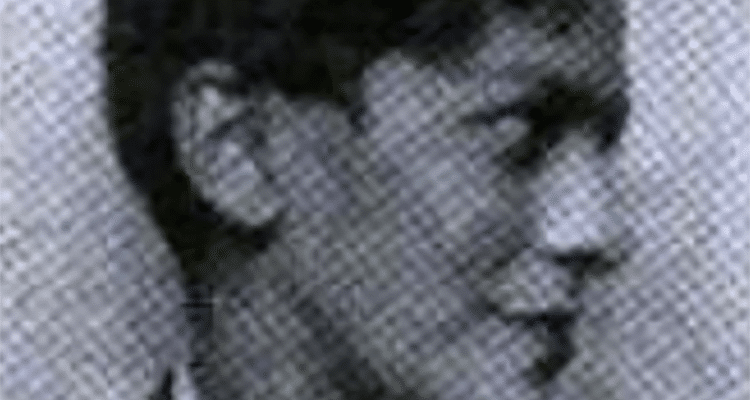This story? It’s a little unbelievable, but true. A schoolgirl makes it into the Big Time as a well-regarded Harlem Renaissance-era poet, but then drops from sight, to emerge in upper-class Black Philadelphia life as a matron, a sigh marking her death by suicide at age 44.
Mae was born in 1909 Philadelphia, the only child of a solidly middle-class, aspirational Black family. Her mother was a teacher and assistant director at the Bureau for Colored Children; her father, a postal worker and caterer.
Philadelphia was an intensely segregated city, and its Black society was ruled by a difficult-to-break-into class, dubbed “The Talented Tenth” by W.E.B. Du Bois.
In grammar school, they discovered Mae was very bright. Mae discovered a love and talent for poetry.
Philly was one of many U.S. cities creating Black cultural ferment, today coded within the concept we call “The Harlem Renaissance.” Yet Harlem wasn’t the only place where Black gold bubbled up in a heady mix of new art. That art included many things: art for art’s sake, activist art, art providing sustenance, artists as visionaries.
While Mae was still attending the prestigious Philadelphia High School for Girls, she joined the adult Black literati of Philly by publishing poems in the highly regarded Black Opals (Black Opals being both the name for the group and its quarterly journal). She wrote to Langston Hughes and asked him to mentor her, which he agreed to do.
In her senior year, Mae blazed into the swirling, upending world of this arts movement when she won a poetry contest in The Crisis, the magazine of the NAACP. Mae moved to New York to attend the Pratt Institute and split her time between Greenwich Village (lesbians!) and Harlem (all kinds!), arguably the two queerest places on the continent at the time.
Maureen Honey describes a Crisis photo of this 19-year-old in her book, “Aphrodite’s Daughters: Three Modernist Poets of the Harlem Renaissance,” saying she possessed “unusual beauty, style, and originality with a bow tie, tailored jacket, and very short hair.”
Mae published a lot and befriended other Renaissance artists. Her Modernist work evolved, and artist-activist material gave way to a deeply unapologetic sensuality, sometimes tempered by loss and heartache.
However, not content to publish in other people’s rags, she managed to do what so very few Black women accomplished in the first half of the 20th century: she published her own book of poetry, the critically well-received “We Lift Our Voices and Other Poems” (1936).
It is always dangerous to impute muses for poems, but the desire for a woman seems inherent here:
If her lips were rubies red,/Her eyes two sapphires blue,/Her fingers ten sticks of white jade/Coral tipped … and her hair of purple hue/Hung down in a silken shawl … /They would not be enough/to fill the coffers of my need.
-excerpt from “Insatiate”
The poet/teacher Stanley Braithwaite dubbed her work that of “a fugitive poet.” But following all the attention, her rather public (and supposedly bisexual) life dissolved. She returned to Philly, married “up,” shed one husband for another, all the while taking on the expected roles of a proper matron with husband, daughter, debutante cotillions, a bit of philanthropy, and the first “Jack and Jill” school established in the U.S. (membership in these 230+ storied schools, which have produced some of the most influential, networked and moneyed professional Black people in the U.S., was by invitation only).
Black Society columns featured her in these roles. The picture? Mae in pearls, a fashionable dress, and heels.
The artist Richard Long met her in the early 1950s and exclaimed: “She seemed a bright intelligence made bored and restless by her surroundings.” Jessie Fauset’s Philadelphian brother Arthur Huff Fauset called her “a flame that burned out rapidly … a flash in the pan with great potential who just wouldn’t settle down.”
None of which explains why she used her gas stove to take her own life at the age of 44.
Mae published a total of 62 poems in all, including the ones in her book. It would be difficult to select a few signifying words from her cannon. But let us end with her promise:
My words shall drip like molten lava … The lava from the black volcano.

